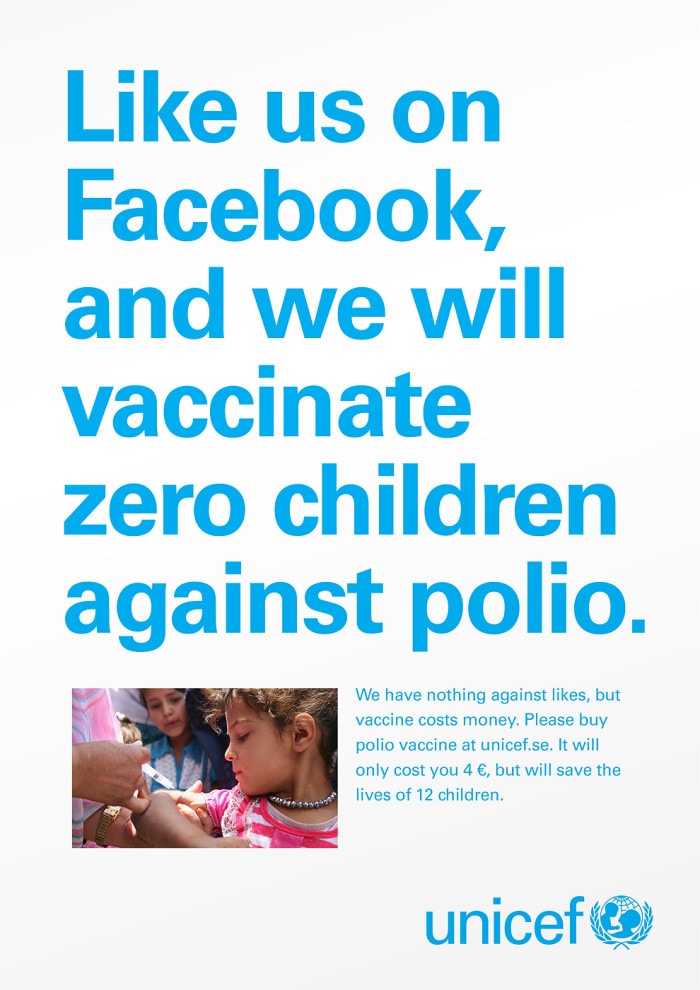
Viral Marketing for Nonprofits: Increasing Word Of Mouth With Triggers
This is the third installment of our viral marketing for nonprofits series in which we adapt each component of Jonah Berger’s six STEPPS to viral marketing for nonprofits. Check out the first post to help your nonprofit leverage social currency and the second post to help your nonprofit leverage emotions. Today, we’re discussing how your nonprofit can increase word of mouth by leveraging triggers.
How do “triggers” help create viral marketing for nonprofits?
Jonah Berger, the author of the viral marketing book “Contagious,” describes triggers as sights, sounds, smells, actions, or thoughts that make people think about your product or idea. For nonprofits, triggers are cues that make people think about your organization or cause. The more frequently people encounter your nonprofit’s trigger, the more likely they will talk about it, ultimately increasing word of mouth.
Take for example, Rebecca Black’s music video for the infamous song “Friday.” Months after it went viral, there was a spike in Google searches every Friday for the video, and people are still talking about it, especially on Fridays. The reason being, the day of the week acts as a trigger for the video.
Case in point, at the time of this writing – Friday, March 14th, which also happens to be Pi Day – my friend Charlotte was reminded of the song as she posts a twist to Rebecca Black’s chorus, “Friday, Friday, gotta get down on Friday.”
If someone didn’t understand Charlotte’s post and asked her about it, it would be an opportunity to spread the word about Rebecca Black’s video.
By leveraging triggers, as Rebecca Black had with Friday, your nonprofit will stay top of mind to your supporters, which increases the likelihood of people talking about it. As Berger says, “top of mind, tip of tongue.” Here are a few examples of triggers and how to apply them to your nonprofit to create more word of mouth.
Dining hall trays get students eating veggies
Berger conducted an experiment that tested two slogans to encourage college students to eat more fruits and vegetables. One group of students were given the slogan: “Live the healthy way, eat five fruits and veggies a day,” and another group: “Each and every dining hall tray needs five fruits and veggies a day.”
The results were remarkable. The eating habits of the first group didn’t change. However, the group that was shown the second slogan with the trigger “dining hall trays” increased their consumption of fruits and vegetables by 25%. Berger contends the sight of dining hall trays reminded students to eat fruits and vegetables.
Applying it to your nonprofit: If your nonprofit is working on a new campaign, integrate a trigger into the campaign’s messaging. Consider what objects your audience encounters often that your campaign can leverage. In the example above, Berger leverages dining hall trays because he knows students encounter them daily before choosing what to eat.
UNICEF says stop liking, start donating
In early 2013, it was a trend for nonprofits to ask Facebook users to like their page. UNICEF Sweden tapped into this trend with their “Likes Don’t Save Lives” campaign.
The trigger in this campaign is Facebook likes. Moving forward, anyone who is familiar with this campaign will be reminded of UNICEF every time they encounter a nonprofit asking for a like. Ultimately, thinking of UNICEF increases the likelihood of talking about it.
Applying it to your nonprofit: Consider what common actions your nonprofit can leverage as a trigger. What asks does your audience encounter often? What actions does your audience take often? For end of year fundraisers, it’s common for nonprofits to leverage holiday shopping as a trigger.
Dove leverages the topic of beauty and acceptance
The issue of accepting how we look has been around for a long time. There are countless organizations working to build self-esteem and inspire women and girls. Dove created “Dove Real Beauty Sketches,” which became viral ad of the year.
The video was launched back in April 2013, but a search for the video on Twitter today shows that people are still watching and talking about it. By tapping into a popular topic, Dove remains top of mind and tip of tongue to many.
Another reason Dove’s video became viral ad of the year in 2013 is because it leveraged inspiration, a physiologically high-arousal emotion that gets people to share. Learn more about the best emotions to leverage to create word of mouth.
Applying it to your nonprofit: Think about what popular topics and discussions your nonprofit could appropriately leverage to develop long-term word-of-mouth, and use graphics and video to insert your brand into the conversation.
While leveraging triggers can be an effective way to increase word of mouth, there are five other elements to viral marketing: social currency, emotions, practical value, public, and stories. The more elements you can add to your campaign, branding, or social media posts, the more likely it will go viral.
If you’d like help developing a viral marketing campaign for your nonprofit, tweet @mediacause or contact us here.

